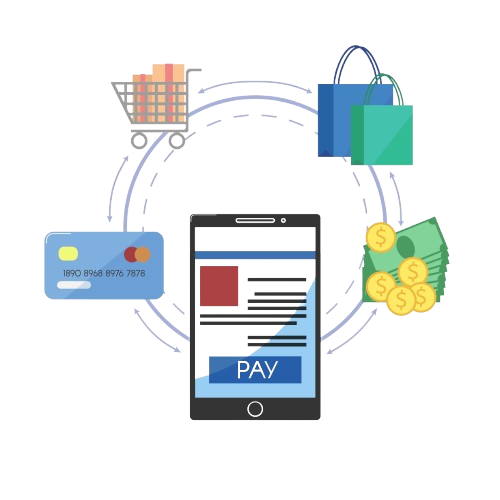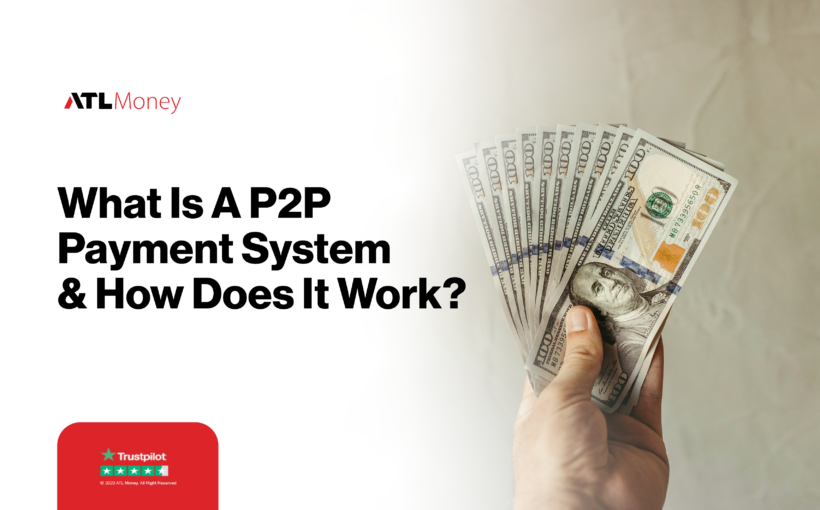Peer-to-peer (P2P) payment systems have revolutionized the way people transfer money. Gone are the days of writing checks or withdrawing cash for transactions between friends and family.
P2P payment systems offer a seamless and instant way to send money directly from one individual to another. Whether splitting a dinner bill, paying rent, or sending a gift, understanding what a P2P payment system is and how it works can simplify your financial interactions.
This blog explores the essentials of P2P payment systems, how they operate, and their benefits.
What Is a P2P Payment System?
A P2P (peer-to-peer) payment system allows users to send money directly to another person’s account using a mobile app or web platform. Unlike traditional banking transfers, P2P payments typically involve fewer steps and offer immediate or near-instantaneous transaction processing. They are designed to facilitate easy money transfers for various purposes, including splitting bills, repaying loans, or gifting.
Key Characteristics of P2P Payment Systems:
- User-Friendly Interfaces: Most P2P platforms are designed to be intuitive, making it easy for users to navigate and complete transactions.
- Direct Transfers: Money moves directly from one user’s account to another, without intermediaries.
- Speed: Transactions are processed quickly, often in real-time or within minutes.
How Do P2P Payment Systems Work?
P2P payment systems operate by leveraging digital technology to connect individual users directly through a platform. Here’s a step-by-step look at how these systems generally work:
- User Registration and Linking Accounts
To start using a P2P payment system, users must first register on the platform. This usually involves creating an account and linking it to a bank account, credit card, or debit card. The linking process may require verification steps such as entering a code sent to your phone or email.
- Initiating a Payment
To send money via a P2P system, the sender needs the recipient’s information, such as an email address or mobile number registered with the P2P service. The sender inputs the amount they wish to transfer and confirms the transaction.
- Transaction Processing
Once the payment is initiated, the P2P system processes the transaction. This involves verifying the sender’s account details and ensuring sufficient funds are available. Most P2P systems use encryption and other security measures to protect users’ financial information during this process.
- Notification and Receipt
Both the sender and recipient receive notifications confirming the transaction. The recipient can then access the funds through their linked account or app balance, depending on the system used.
- Transaction History
Users can view their transaction history within the P2P app, which helps in tracking payments and managing finances. This feature also allows users to view detailed records of each transaction for future reference or dispute resolution.

Benefits of Using P2P Payment Systems
P2P payment systems offer several advantages over traditional banking and cash transactions:
- Convenience
P2P systems provide a straightforward way to send money without needing to visit a bank or ATM. Users can complete transactions from their mobile devices or computers, making it easy to transfer funds on the go.
- Speed
Unlike traditional bank transfers, which can take several days, P2P payments are typically processed quickly. This immediacy makes them ideal for urgent transactions, such as emergency funds or last-minute payments.
- Low Fees
Many P2P platforms charge minimal fees for transactions, especially when compared to traditional banking services. Some even offer fee-free options for certain types of transfers.
- Accessibility
P2P payment systems are widely accessible, supporting various devices and operating systems. This broad accessibility ensures that most people can use these services, regardless of their technical proficiency.
- Security
P2P platforms use encryption and secure protocols to protect users’ information and prevent fraud. While no system is entirely foolproof, these measures significantly reduce the risk of unauthorized access.
Conclusion
P2P payment systems have simplified the process of transferring money between individuals, making it faster, more convenient, and often less costly than traditional methods.
Understanding how these systems work can help you take advantage of their benefits, whether you’re sending money to friends, paying for services, or managing international transfers.
Easily send money abroad with ATLMoney for secure and affordable transfers.
